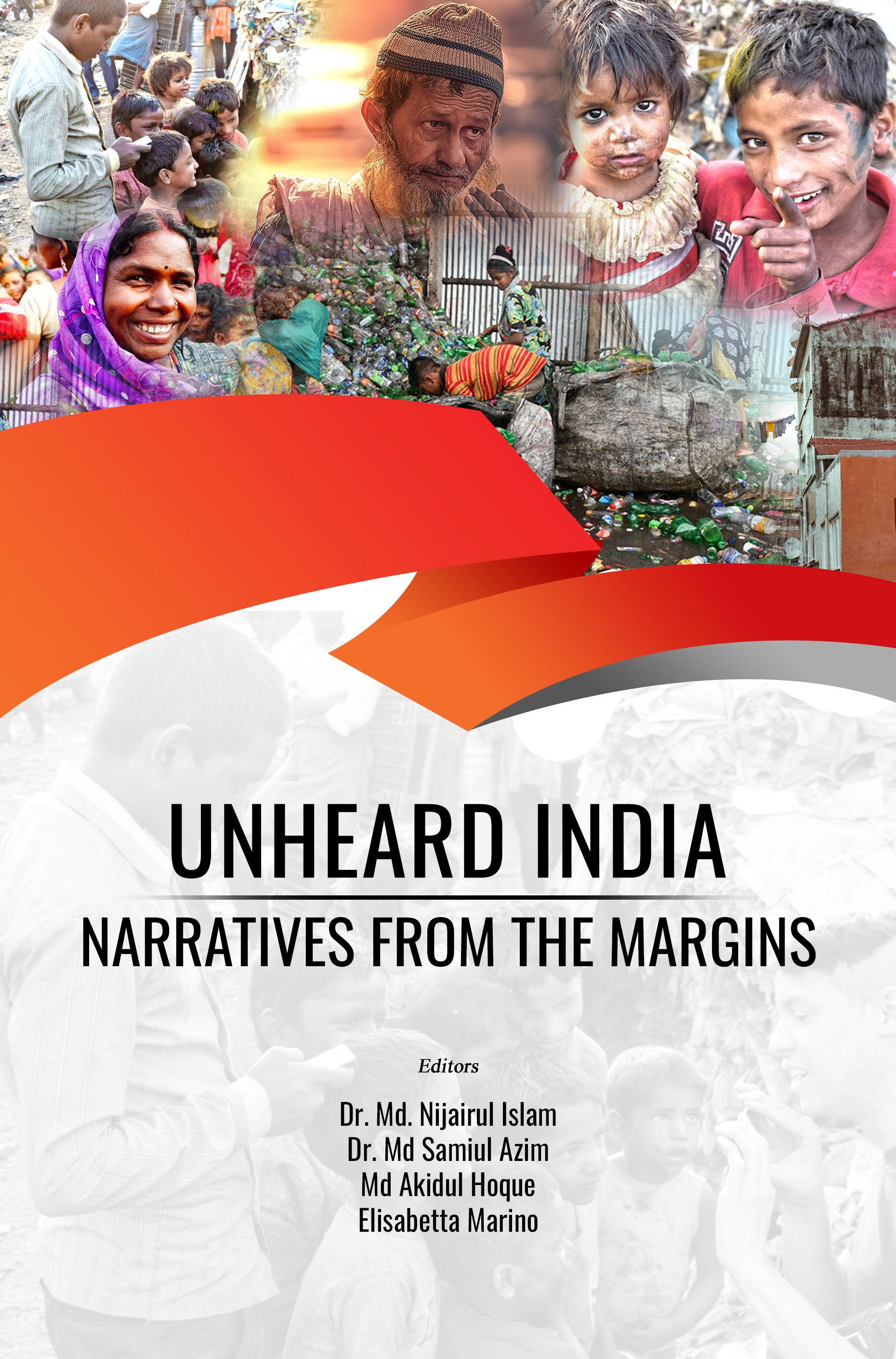EDUCATION FOR THE MARGINALISED IN BUDDHIST EDUCATIONAL SYSTEM: AN INTROSPECTION WITH SPECIAL REFERENCE TO DR B. R. AMBEDKAR
DOI:
https://doi.org/10.25215/1257942751.16Abstract
The Buddhist Education System in India stressed upon universal access to knowledge, covering the people of marginalised communities. Buddhism, rooted in principles of equality and compassion, opposed the caste-based discrimination prevalent in Brahminic Education System. Buddhist monasteries (Sangha) and prevalent universities like Nalanda, Takshashila, Vikramashila, and Odantapuri welcomed students from all backgrounds, including lower castes and women. Women were allowed to become Bikshunis (Nuns) and women like Mahaprajapati Gotami and Sanghamitta played key roles in promoting education among women. No sign of discrimination was there in the curriculum of Buddhist Education and in the teaching methods applied. Buddhist Education System in India declined after the 12th century due to Muslim invasions and consequent rise of Hindu and Islamic Education System. However, presently, organisations like the Dalit Buddhist Movement, Buddhist studies centers, and institutions like Nalanda University (New) have been engaging in reviving the Buddhist Education System with a focus on marginalised communities.Published
2025-07-28
Issue
Section
Articles


